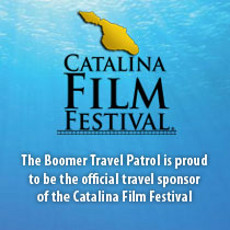Full Article:
The Castle of San Carlos de la Cabaña was the largest fortress built by Spain in the Americas. It was, however, built too late. It was never attacked, it never had the chance to fire its hundreds of artillery pieces against an attacking enemy, and its ramparts were never tested against siege and assault.
The City of Havana was always a very coveted possession. Founded in 1519, on the west bank of a big deep harbor, it suffered its first attack by pirates (or privateers) in 1555. The French Jacques de Sores took Havana, and burnt it to the ground.
However, the Spanish King had other designs, and decided to build the first of several fortresses or castles to defend Havana from further attacks. Also a royal edict from 1562 created the system of fleets, or large convoys of ships, that would travel together to better defend themselves from pirates and privateers. Since then, the fleet would gather in Havana Bay, sometimes waiting for weeks, until all the ships had arrived, bringing gold, jewelry, and all kinds of exotic produce from the extensive Spanish Empire, and the Fleet would travel to Cadiz, in Spain.
The importance of Havana grew immediately, and in 1563 the Spanish Governor, moved his residence from Santiago de Cuba in the southeast end of the Island to Havana, making it the Capital City.
This Fleet, the influx of riches and travelers, the influx of soldiers and mariners intent in transporting the riches and protecting them, and the construction of more fortresses to protect the City made Havana a prosperous and wealthy town, but also created a culture of hospitality and entertainment directed towards the myriads of travelers, and is the origin of Cuba’s unique brand of music, a fine blend of Spanish “coplas”, flamenco guitar, and African drums.
When the “Castillo de los Tres Reyes Magos del Morro” (Castle of the Three Magi of El Morro) was built on the Morro (seaside hill) at the entrance of Havana Bay, in 1589, its architect, Juan Bautista Antonelli said that whoever controlled the hill of “La Cabaña”, next to El Morro to the south, would conquer El Morro and take the City.
This observation became a fact in 1762, during the Seven Years War, when a large British expedition under command of Lord Albemarle successfully laid siege to the Castle of El Morro, and to the City.
After the British returned Havana to the Spanish Crown in 1763, King Charles the Third of Spain immediately ordered the “Castillo de San Carlos” (named after himself) to be built on La Cabaña hill. It was finished in 1774. When King Charles was shown the last tally of the expenses in the building of the Castle, he went to the window of his palace near Madrid, and stared out in the distance. His ministers asked, “What is Your Majesty looking for?” The King replied, “I´m trying to see the ramparts of my Castle in Havana.” “But, Your Majesty, Havana is thousands of miles away!” To which the King snapped, “For what this has cost me, I should be able to see it from here!”
August 14, 2023







